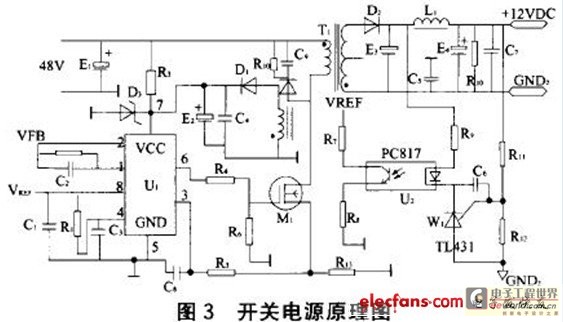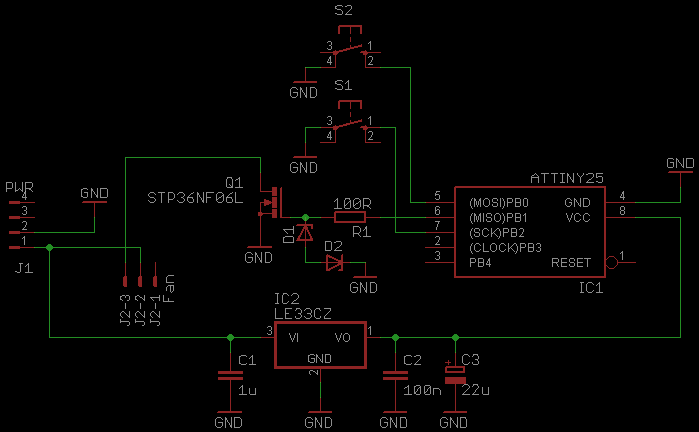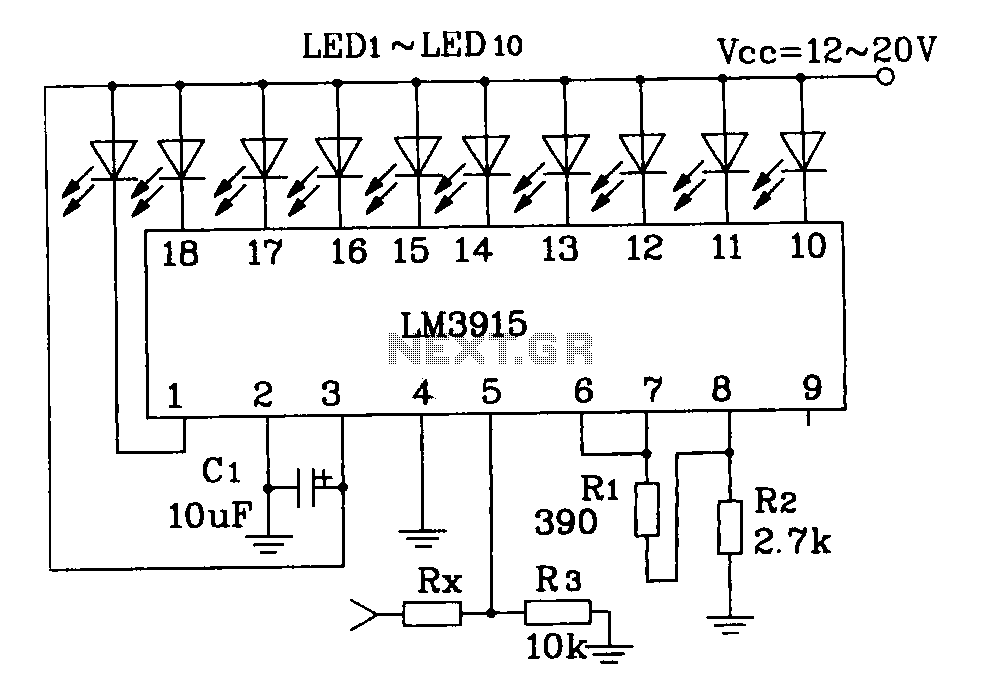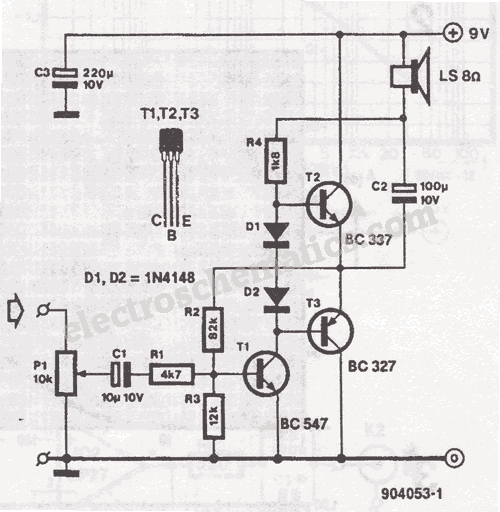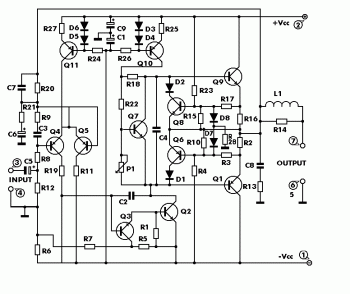
The audio analyzer based on LPC2148 designs

With the rapid advancement of microelectronics and technology in information systems, digital technology represented by microcontrollers is evolving continuously. Microcontrollers are characterized by their small size, low power consumption, high expandability, and convenience in control functions. They are widely applied in various instruments, network communication, and data transmission, facilitating real-time control and data processing in industrial automation. Utilizing microcontrollers enables the digitization, intelligence, and miniaturization of instruments. This text discusses the design of an audio analyzer that employs the LPC2148 chip solution. The audio signal is analyzed using the Fast Fourier Transform (FFT) algorithm, which first visualizes the audio signal and then performs FFT operations to determine the power value of each discrete frequency, ultimately calculating the total power of the audio signal in the frequency domain. When selecting a processor, 8, 16, or 32-bit microcontrollers can be considered. However, due to the need for extensive floating-point arithmetic in signal processing—where each floating-point number occupies four bytes and requires significant memory—8-bit and 16-bit microcontrollers are often inadequate. Therefore, a 32-bit microcontroller, specifically the LPC2148 from Philips, is chosen for this system. This chip features 32 KB of RAM and a clock rate of up to 60 MHz, enabling efficient handling of floating-point arithmetic in terms of both speed and memory. The LPC2148's single instruction cycle allows for a sampling rate of 96 kHz, making it cost-effective and convenient for direct sampling without the need for additional DDS chips. The overall design emphasizes the importance of the sampling process for audio signals. A matching network composed of operational amplifiers and resistors is utilized for signal sampling. The signal voltage should ideally be maintained within the range of 100 mV to 5 V to prevent signal degradation or amplification errors. When the signal intensity is too low, such as between 20 mV and 250 mV, it is classified as a weak signal and requires amplification before being sampled by the A/D converter.
The audio analyzer design utilizing the LPC2148 microcontroller is a sophisticated application of digital signal processing (DSP) technology. The LPC2148 is a low-power, high-performance microcontroller that integrates a 32-bit ARM7TDMI-S core, which is well-suited for real-time audio signal processing tasks. The implementation of the FFT algorithm enables efficient frequency analysis of audio signals, allowing for the extraction of key characteristics such as frequency components and their respective power levels.
The system architecture comprises several key components: an input stage featuring an operational amplifier circuit for signal conditioning, an A/D converter for digitizing the analog audio signals, and the LPC2148 microcontroller for processing the digitized data. The operational amplifier serves to amplify weak audio signals, ensuring that they fall within the optimal voltage range for the A/D converter, which is critical for minimizing quantization errors. The A/D converter's resolution and reference voltage are carefully selected to ensure accurate representation of the audio waveform.
In terms of the software architecture, the LPC2148 microcontroller runs a real-time operating system (RTOS) that manages the sampling, processing, and output of audio data. The FFT algorithm is implemented in a highly efficient manner, taking advantage of the microcontroller's computational capabilities to perform fast frequency domain analysis. The results of the FFT are then used to generate a power spectrum, which can be visualized or further analyzed for applications such as audio quality assessment, noise reduction, or feature extraction for machine learning algorithms.
Overall, this audio analyzer design exemplifies the integration of advanced microcontroller technology with DSP techniques, enabling the development of compact, efficient, and high-performance audio processing systems suitable for a variety of applications in the fields of telecommunications, music production, and industrial automation.With the microelectronics and technical fast development of information, the digital technical development represented by one-chip computer changes with each passing day. Because one-chip computer have small, low power dissipation, strong expanding flexibility, micromation and using advantaging such as being convenient control function, and apply
to the control of various instruments, network communication and data transmission of the computer extensively, real time control and data processing of the industrial automation process. In fact, control by adopting the one-chip computer, can realize the digitization, intelligent and micromation of the instrument.
This text realizes the design of the audio analyzer by comparing with and choosing to adopt LPC2148 chip solution. While analyzed to the voice signal, until Fu set up the leaf and vary FFT algorithm fast literary grace this, namely carry on dispersed V Visualization to the voice signal at first, then carry on FFT operation, find the power number value that each discrete frequency of signals is lighted, and get the power spectrum of discretization, calculate in the frequency domain the total power of examining the voice signal finally.
On the choice of the processor, can usually choose MCU of 8, 16 or 32-bit microcomputer. But in the course of dealing with the signal, usually can use Fu set up the leaf and vary FFF algorithm fast, so need to carry on a large amount of floating point arithmetic, and a floating point should take up four byteses, so take up a large number of memory in the processing procedure, the operating time of floating point is very slow at the same time, so it is generally difficult to finish operation to adopt 8 ordinary MCUs and 16 MCUs during when sure. Consider magnitude and operation speed of the systematic memory synthetically, this system chooses the 32-bit microcomputer one-chip computer LPC2148 of Philips Company.
This chip has RAM of 32 KB, and the clock rate is up to 60 MHz, so, as to floating point arithmetic, no matter at the speed, the treatment that or can be very fast on the memory. On the sample mode of the signal, the single instruction cycle processor that the 32-bit microcomputer MCU chip LPC2148 chosen because of this system is 60 MHz, the regular precision is 16.
7 ns, can realize 40. Sampling rate of 96 kHz, control convenient, cost cheap, so design, go on MCU direct sampling originally, and does not adopt DDS chip to cooperate with FIFO to gather the signal. In the systematic overall design, the sample process of the voice signal is very crucial. When the voice signal is sampled through a matching network composed of operational amplifier and resistance, should be dealt with by the signal of pair of module of control of quantum first, if the signal voltage is chosen within the range of 100 mV- 5 V throughly, that is to say not to decay to the signal or amplification control, can reduce the error.
However, when signal intensity is too small, 12 ²s A/ D converter is in 2. The minimum resolution under 5 V reference voltage is about 1 mV, choose directly at this moment, the error of its dispersed V Visualization will be very great. So, after gathering to the signal, if find its intensity is too small, such as among 20- 250 mV, should regard it as weak signal at this moment, so should pass gain amplifier and amplify, sample A/ D to it.
0 foreword With the microelectronics and technical fast development of information, the digital technical development represented by one-chip computer changes with each passing day. Because one-chip computer have small, low power dissipation, strong expanding flexibility, micromation and using advantaging such as being convenient control function, and apply to the control of various instruments, network communication and data transmission of the computer extensively, real time control and data processing of the industrial automation process.
🔗 External reference
The audio analyzer design utilizing the LPC2148 microcontroller is a sophisticated application of digital signal processing (DSP) technology. The LPC2148 is a low-power, high-performance microcontroller that integrates a 32-bit ARM7TDMI-S core, which is well-suited for real-time audio signal processing tasks. The implementation of the FFT algorithm enables efficient frequency analysis of audio signals, allowing for the extraction of key characteristics such as frequency components and their respective power levels.
The system architecture comprises several key components: an input stage featuring an operational amplifier circuit for signal conditioning, an A/D converter for digitizing the analog audio signals, and the LPC2148 microcontroller for processing the digitized data. The operational amplifier serves to amplify weak audio signals, ensuring that they fall within the optimal voltage range for the A/D converter, which is critical for minimizing quantization errors. The A/D converter's resolution and reference voltage are carefully selected to ensure accurate representation of the audio waveform.
In terms of the software architecture, the LPC2148 microcontroller runs a real-time operating system (RTOS) that manages the sampling, processing, and output of audio data. The FFT algorithm is implemented in a highly efficient manner, taking advantage of the microcontroller's computational capabilities to perform fast frequency domain analysis. The results of the FFT are then used to generate a power spectrum, which can be visualized or further analyzed for applications such as audio quality assessment, noise reduction, or feature extraction for machine learning algorithms.
Overall, this audio analyzer design exemplifies the integration of advanced microcontroller technology with DSP techniques, enabling the development of compact, efficient, and high-performance audio processing systems suitable for a variety of applications in the fields of telecommunications, music production, and industrial automation.With the microelectronics and technical fast development of information, the digital technical development represented by one-chip computer changes with each passing day. Because one-chip computer have small, low power dissipation, strong expanding flexibility, micromation and using advantaging such as being convenient control function, and apply
to the control of various instruments, network communication and data transmission of the computer extensively, real time control and data processing of the industrial automation process. In fact, control by adopting the one-chip computer, can realize the digitization, intelligent and micromation of the instrument.
This text realizes the design of the audio analyzer by comparing with and choosing to adopt LPC2148 chip solution. While analyzed to the voice signal, until Fu set up the leaf and vary FFT algorithm fast literary grace this, namely carry on dispersed V Visualization to the voice signal at first, then carry on FFT operation, find the power number value that each discrete frequency of signals is lighted, and get the power spectrum of discretization, calculate in the frequency domain the total power of examining the voice signal finally.
On the choice of the processor, can usually choose MCU of 8, 16 or 32-bit microcomputer. But in the course of dealing with the signal, usually can use Fu set up the leaf and vary FFF algorithm fast, so need to carry on a large amount of floating point arithmetic, and a floating point should take up four byteses, so take up a large number of memory in the processing procedure, the operating time of floating point is very slow at the same time, so it is generally difficult to finish operation to adopt 8 ordinary MCUs and 16 MCUs during when sure. Consider magnitude and operation speed of the systematic memory synthetically, this system chooses the 32-bit microcomputer one-chip computer LPC2148 of Philips Company.
This chip has RAM of 32 KB, and the clock rate is up to 60 MHz, so, as to floating point arithmetic, no matter at the speed, the treatment that or can be very fast on the memory. On the sample mode of the signal, the single instruction cycle processor that the 32-bit microcomputer MCU chip LPC2148 chosen because of this system is 60 MHz, the regular precision is 16.
7 ns, can realize 40. Sampling rate of 96 kHz, control convenient, cost cheap, so design, go on MCU direct sampling originally, and does not adopt DDS chip to cooperate with FIFO to gather the signal. In the systematic overall design, the sample process of the voice signal is very crucial. When the voice signal is sampled through a matching network composed of operational amplifier and resistance, should be dealt with by the signal of pair of module of control of quantum first, if the signal voltage is chosen within the range of 100 mV- 5 V throughly, that is to say not to decay to the signal or amplification control, can reduce the error.
However, when signal intensity is too small, 12 ²s A/ D converter is in 2. The minimum resolution under 5 V reference voltage is about 1 mV, choose directly at this moment, the error of its dispersed V Visualization will be very great. So, after gathering to the signal, if find its intensity is too small, such as among 20- 250 mV, should regard it as weak signal at this moment, so should pass gain amplifier and amplify, sample A/ D to it.
0 foreword With the microelectronics and technical fast development of information, the digital technical development represented by one-chip computer changes with each passing day. Because one-chip computer have small, low power dissipation, strong expanding flexibility, micromation and using advantaging such as being convenient control function, and apply to the control of various instruments, network communication and data transmission of the computer extensively, real time control and data processing of the industrial automation process.
🔗 External reference
